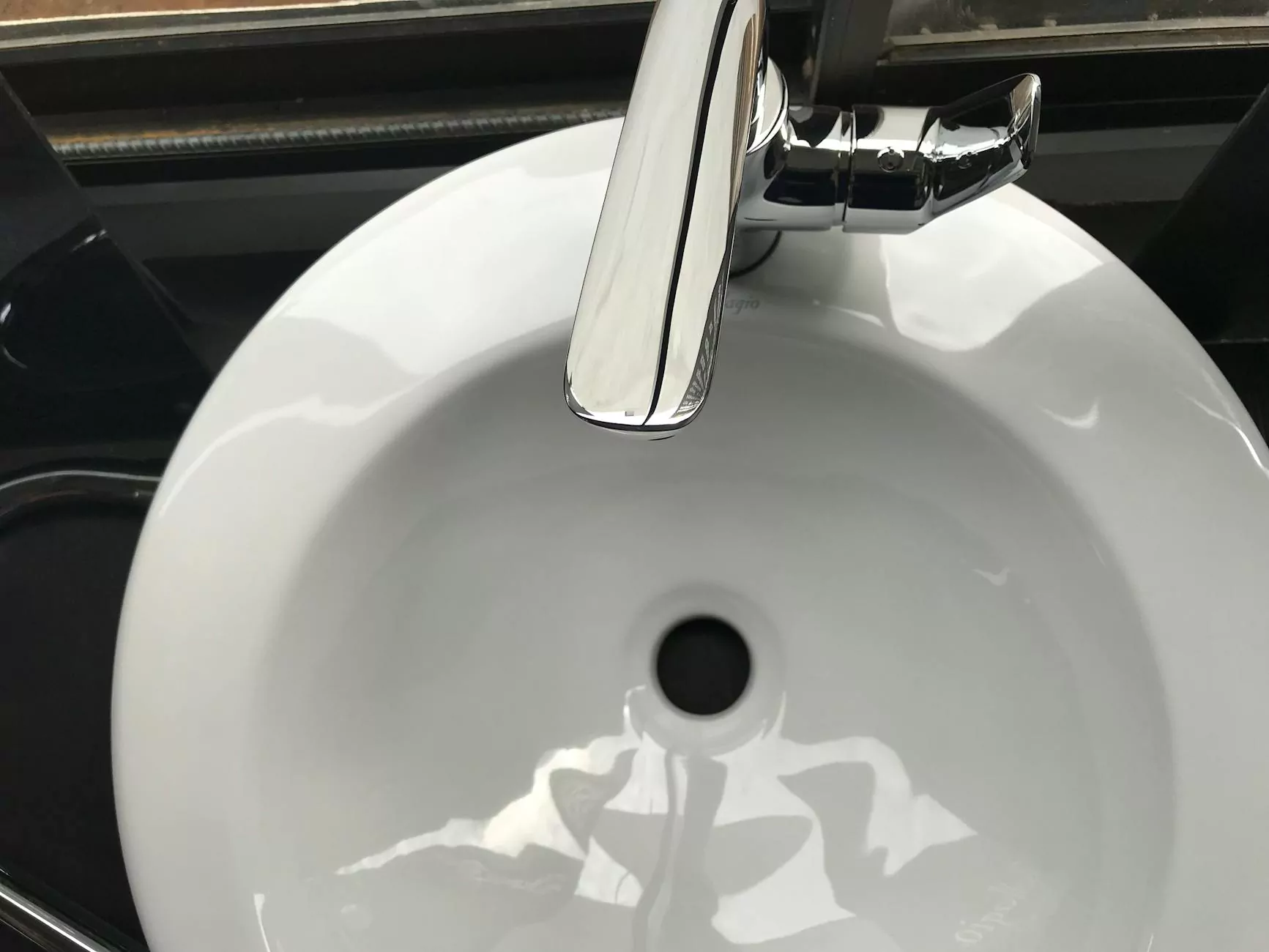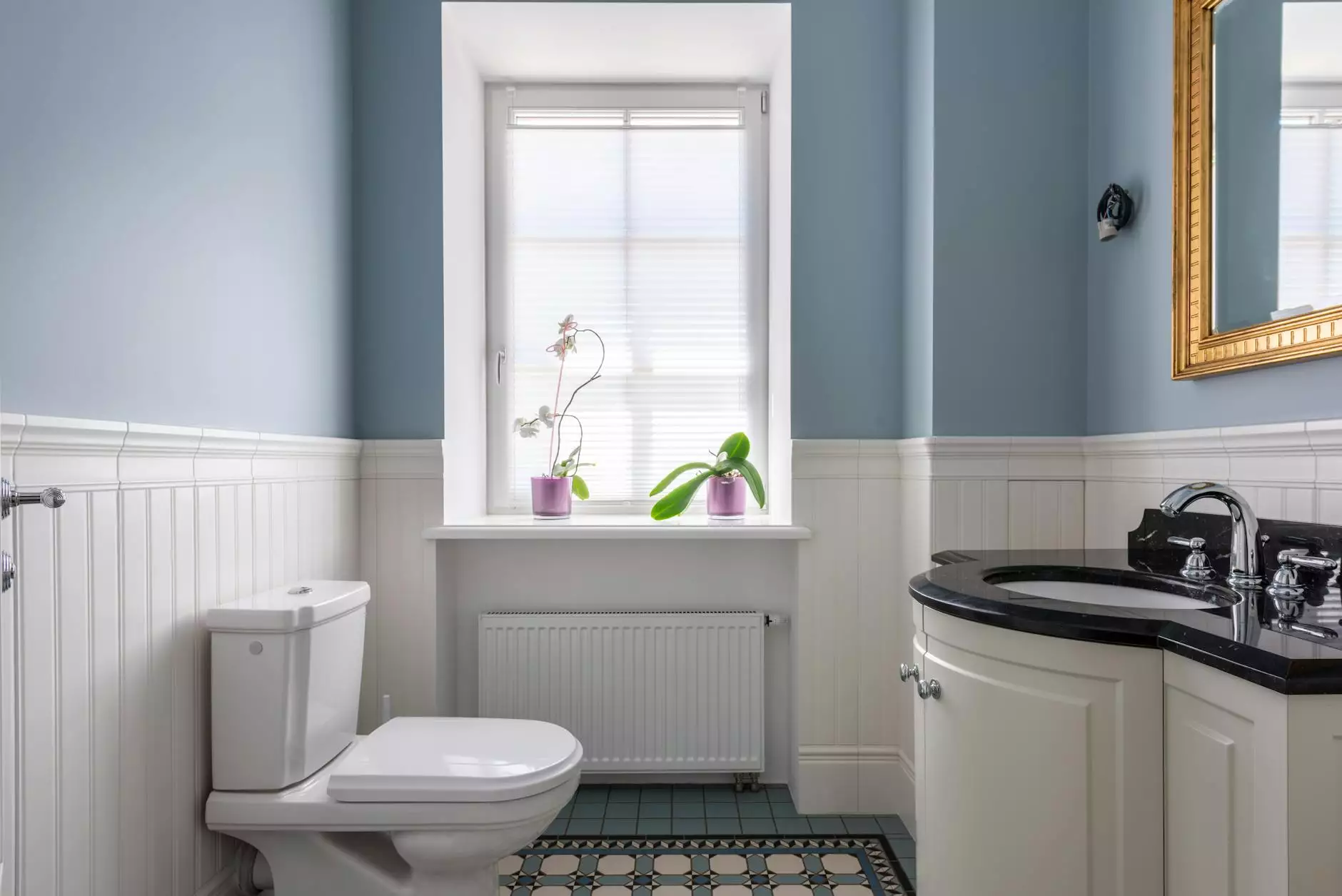Comprehensive Guide to X-ray protective aprons: Ensuring Safety and Performance in Medical Imaging
In the rapidly advancing field of medical imaging, maintaining safety without compromising diagnostic quality is paramount. X-ray protective aprons have become an essential component of radiation safety protocols, providing vital shielding for healthcare professionals and patients alike. Their role extends beyond simple coverage; they are sophisticated devices engineered with high-quality materials and designed to meet strict safety standards. This comprehensive guide explores every aspect of x-ray protective apron technology, from materials and design to standards, maintenance, and selecting the optimal apron for various medical settings.
Understanding the Importance of X-ray Protective Aprons in Medical Safety
Medical imaging procedures like X-ray, fluoroscopy, and computed tomography (CT) scans expose operators and patients to ionizing radiation. While such imaging procedures are indispensable for accurate diagnosis and treatment, precautionary measures are vital to minimize radiation exposure. X-ray protective aprons serve as a frontline defense in this radiation protection strategy.
These aprons are designed not only to shield vital organs and tissues but also to comply with regulatory health standards globally. Properly worn, they significantly reduce the risk of radiation-induced health issues such as radiation burns, genetic damage, and increased cancer risk, especially for medical professionals who conduct numerous imaging procedures daily.
The Core Components of a High-Quality X-ray Protective Apron
Key Materials Used: Radiation Shielding Materials
- Lead (Pb): The traditional and most effective shielding material, lead provides excellent attenuation of X-ray photons. Aprons with lead equivalency of 0.25mm to 1.0mm are common, with higher thickness providing greater protection.
- Lead Equivalents: A measure of an apron’s shielding capacity, expressed as thickness in millimeters (mm). For example, a 0.5mm lead equivalent apron blocks approximately 90-95% of scatter radiation.
- Alternative Materials: In response to environmental and health concerns about lead, modern aprons utilize materials such as tungsten, bismuth, and composite lead-free fabrics, which offer comparable protection while being lighter and more environmentally friendly.
The Fabric and Construction
- Backing Fabric: Typically made from polyester or nylon, providing durability, flexibility, and comfort.
- Protective Layer: Encased within the fabric are layers of shielding material—either lead or lead-free compounds—that strategically attenuate radiation.
- Design Features: Aprons feature adjustable straps, ergonomic shaping, and lightweight designs to enhance comfort, allowing for prolonged wear without soreness or fatigue.
Standards and Quality Assurance for X-ray Protective Aprons
Global Standards Ensuring Safety and Reliability
- IEC 61331: International electrotechnical commission standard governing radiation protection, including apron requirements.
- ANSI/ARL-TB-1: American National Standards Institute/American Roentgen Ray Society standards emphasizing quality, durability, and performance.
- European Norms (EN 61331-3): European guidelines for lead equivalency, safety, and material testing.
Testing and Certification
High-quality x-ray protective apron manufacturers undergo rigorous testing for radiation attenuation, physical durability, and safety compliance. Proper certification confirms the apron’s lead equivalency, and periodic testing ensures ongoing protection performance. For healthcare providers, always verify that aprons comply with local and international standards before purchase and use.
Key Benefits of Investing in Quality X-ray Protective Aprons
- Enhanced Safety: Protects vital organs and reduces the cumulative radiation dose for medical staff, ensuring long-term health safety.
- Durability and Longevity: High-quality aprons withstand repeated sterilizations and usage without degradation.
- Comfort and Mobility: Ergonomic, lightweight designs prevent fatigue, enabling medical professionals to perform their duties effectively.
- Environmental Considerations: Lead-free alternatives provide eco-friendly solutions and reduce health risks associated with lead exposure during manufacturing and disposal.
- Cost-Effectiveness: Though initially more expensive, durable and effective aprons reduce the need for frequent replacements and potential health-related costs.
Choosing the Right X-ray Protective Apron for Your Medical Facility
Factors to Consider
- Protection Level Needed: Determine the required lead equivalency based on the type of procedures performed. For routine imaging, a 0.5mm apron might suffice, whereas high-exposure tasks may require 0.75mm or 1.0mm protection.
- Size and Fit: Proper fitting aprons ensure maximum coverage and comfort. Many providers offer adjustable options or custom sizing.
- Material Composition: Balance between lead-based and lead-free aprons based on environmental policies and health considerations.
- Weight and Ergonomics: Opt for lightweight, ergonomically designed aprons to reduce fatigue during extended use.
- Regulatory Compliance: Always verify certifications and compliance with relevant standards to ensure safety and quality.
Additional Accessories and Protection
- Thyroid Shields: For specific procedures, additional neck shields protect the thyroid gland.
- Lead Gloves: Protect hands during close contact procedures.
- Protective Headgear: Especially in interventional radiology, head shields provide added safety.
Proper Care, Maintenance, and Storage of X-ray Protective Aprons
Maintaining your apron’s integrity is essential for sustained protection. Follow these best practices:
- Regular Inspection: Check for tears, cracks, or signs of fatigue before each use.
- Cleaning: Use non-abrasive disinfectants compatible with fabric and shielding material. Avoid harsh chemicals that can degrade the apron.
- Storage: Store aprons hanging in a cool, dry place away from direct sunlight and chemicals, preventing warping and degradation.
- Professional Testing: Schedule periodic radiation attenuation testing to verify ongoing protection levels.
Environmental and Health Considerations in Modern X-ray Apron Production
In response to increased awareness of environmental impact, manufacturers are innovating with lead-free shielding materials. These alternatives not only prioritize health safety for users but also promote sustainable manufacturing practices. Advanced materials such as tungsten and bismuth composites offer comparable protection with the added benefits of being lighter and environmentally friendly.
The Role of Innovation in the Future of X-ray Protective Devices
Ongoing research aims to develop next-generation protective wear with enhanced flexibility, lower weight, and higher attenuation efficiency. Smart protective aprons integrated with sensors may one day provide real-time feedback on radiation exposure. Furthermore, advances in nanotechnology could lead to ultra-thin, highly effective shielding solutions, enabling better comfort without sacrificing safety.
Leading Manufacturers and Suppliers in Radiation Shielding Materials and Devices
As a global leader in healthcare safety solutions, ovmdevice.com specializes in providing premium radiation shielding material and radiation shielding devices. The company’s extensive product range includes high-quality x-ray protective aprons, ensuring that healthcare providers worldwide can maintain optimal safety standards while delivering exceptional patient care. Their commitment to innovation, compliance, and customer satisfaction makes them a trusted partner in medical safety.
Conclusion: Prioritizing Safety with the Right X-ray Protective Apron
Investing in a top-quality x-ray protective apron is not merely a health safeguard but a professional responsibility. More than just protective gear, these aprons symbolize a commitment to safety, environmental consciousness, and technological advancement in medical imaging. When selecting an apron, consider the material composition, protection level, ergonomic design, and compliance with international standards to ensure maximum safety and comfort. With the right protective gear, healthcare professionals can perform their essential duties confidently, knowing they are safeguarded against unnecessary radiation exposure.
Partnering with reputable manufacturers and maintaining rigorous standards of care for protective aprons will ensure longevity and continued safety in your practice. Embrace innovation, prioritize safety, and uphold the highest standards in radiation protection with the finest x-ray protective aprons.




